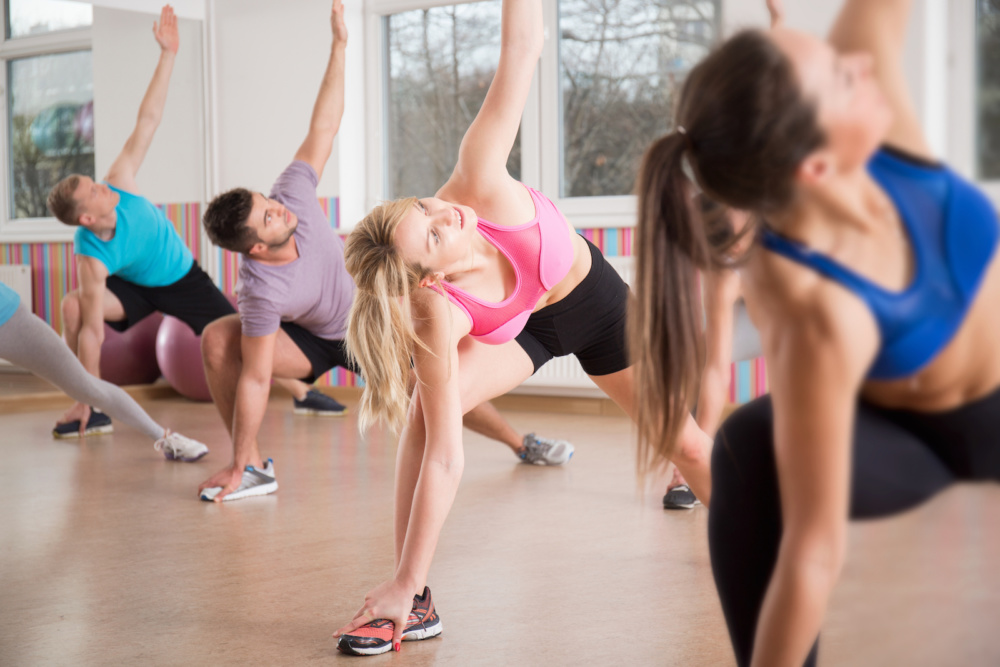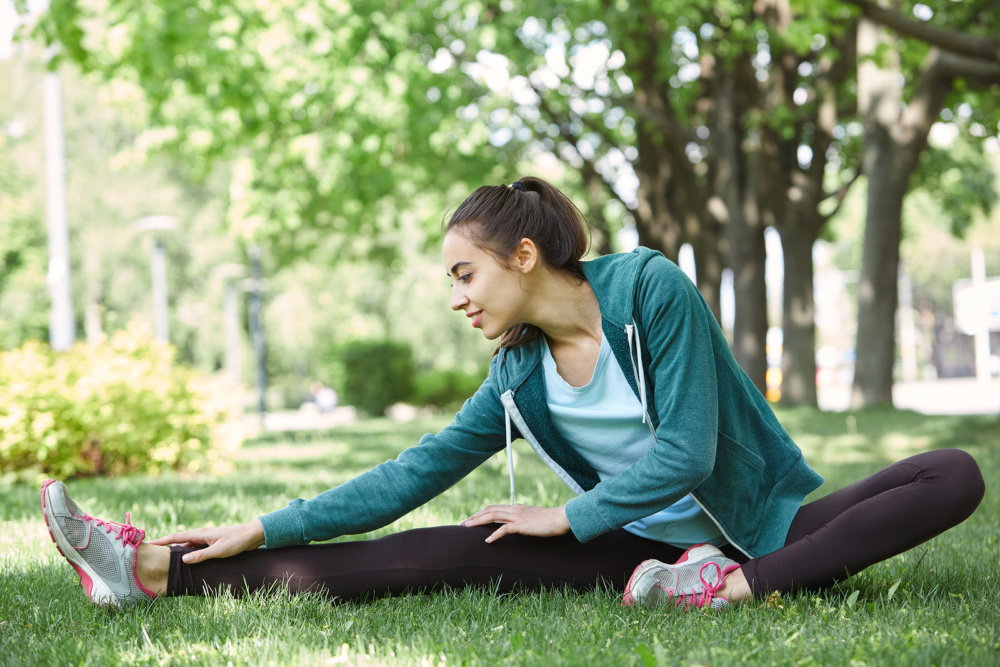By Steven J. Cyr, M.D., FAAOS
San Antonio and the surrounding hill country is the perfect area for year-round outdoor activity and exercise.

The importance of regular participation in stretching and exercise cannot be overemphasized. Although most understand the need to engage in physical activity, stretching is an often over looked aspect of physical fitness. Stretching is beneficial for a multitude of reasons. The first and most commonly recognized benefit of stretching is improved flexibility. This alone has been the major argument for why stretching should be performed on a regular basis. Flexibility is an important factor in preventing injury in many activities but is also helpful in the prevention of pain in general. Stretching can be done different ways and this is where the right type of stretching should be applied to the activity being performed. It is common practice to perform conventional stretching following an exercise routine or sports but stretching has also been shown to be just as beneficial prior to activity. Proper, activity-related stretching should be implemented as part of an effective warmup.
“Overall, the balance of our muscle strength and flexibility is of utmost importance.”- Dr. Steven Cyr
There are several different types of stretching:
- Static: The placement of muscles and connective tissues at their greatest length by steady force in the direction of lengthening (full stretch held in a steady position). Short duration forces can be obtained manually, but special traction devices, splints and casts are generally used to apply low-intensity forces for prolonged periods (30 minutes or longer). Warming the soft tissue before or during stretching will generally facilitate lengthening.
- Dynamic: A type of sports fitness routine in which momentum and active muscular effort are used to stretch and the end position is not held. For example, walking lunges is an example of a dynamic stretch.
- Passive: A form of static stretching in which an external force exerts upon the limb to move it into the new position. This is in contrast to active stretching. Passive stretching resistance is normally achieved through the force of gravity on the limb or on the body weighing down on it. It can also be performed by a partner or a trainer on an athlete or individual.
- Active: An active stretch is one where you assume a position and then hold it there with no assistance other than using the strength of your agonist muscles. An agonist muscle is a muscle that opposes the action of another.
If stretching is being done as part of a warmup, it should be dynamic or with movement. This is in contrast to static stretching which is holding a position for a period of time. One type of dynamic stretching is ballistic stretching. This occurs when the individual swings the target region through a mobile arc of movement. This type of stretch is slightly risky because it can quickly reach the safe end range of motion of a muscle. A muscle tear or sprain can be encountered if ballistic stretching is done too aggressively. However, there is benefit to dynamic stretching which is done with controlled movement, such as in yoga.
“The importance of regular participation in stretching and exercise cannot be overemphasized.”- Dr. Steven Cyr
Static stretching is best done at the end of a workout. This is when the individual holds a position without movement for around 30 seconds. Static stretch should be held for at least 30 seconds to achieve maximal benefit in range of motion. Another concept to apply to stretching is the intensity. The underlying concept is known as the FITT principle which is Frequency, Intensity, Time, and Type. This principle can be applied to stretching in the sense that the benefit of a static stretch is achieved through intensity and duration. The FITT principle, at a basic level applies to exercise in that exercise must be done regularly, with some degree of difficulty, for a certain amount of time, and varied in order to continue challenging your body.
The active and passive stretch describe how a stretch is achieved. Active stretching is done by actively contracting the muscle group opposite to the target muscle group, such as contracting the quadriceps in order to stretch the hamstrings. By contracting a muscle group, the opposing muscle group must relax, thereby permitting a safe range of motion through which to stretch. Passive stretching is achieved through use of something other than your own muscles such as your body weight, a strap, or another person. This stretch technique is the most commonly performed.
Stretching also recruits additional muscle fibers or in essence, wakes up the muscles. This occurs via increased blood flow to the muscles. The movement lubricates the tissue surrounding the muscles, in addition to increasing blood flow. This all contributes to an overall lower risk for a pulled muscle during activity; hence the concept of stretching as part of a warmup. The greater mobility results in the ability to perform an activity faster. Muscles with more flexibility are able to generate more force.
Some professional teams and athletes implement stretching as part of a long warmup much greater than 15 minutes. For example, there are marathon runners who stretch via yoga, then use a foam roller to achieve deep tissue muscle massage and then progress to a gentle running warmup, then finally engage in the actual running workout or training. Professional teams spend a great deal of time stretching and warming up prior to sports activities as well. The end goal of stretching is not always just to increase range of motion. Another, equally important goal of stretch is to align the bones so that the joints move naturally with proper biomechanics. Good biomechanics through stretching and strengthening will ensure maximal lifespan of our joints. Stretching and strengthening should always go together. Overall, the balance of our muscle strength and flexibility is of utmost importance. Stretching is a vital part of living a life with minimal muscle and joint pain. Its importance is certainly under emphasized in the non- athlete and likely under utilized in everyone, non athlete and athlete alike. By incorporating stretching into your daily routine, you will find out just how much of an impact it can make on minimizing those nagging pains as well as the injuries that accompany muscular inflexibility and imbalance.
At The Orthopaedic & Spine Institute, Dr Cyr and our uniquely trained team of medical professionals have experience in treating all symptoms and conditions of the spine, from the cervical spine to the sacrum. If you suffer from neck or back pain, contact us to schedule a consultation.
Dr. Steven Cyr is one of the nation’s few Mayo Clinic trained spine surgeons. His training included both orthopaedic and neurosurgical techniques of the spine. The Mayo clinic is one of the world’s leading medical institutions and has ranked number one for orthopedic and neurosurgical training programs in America for more than 20 years. Dr. Cyr is the President and Founder of The Orthopaedic and Spine Institute in the South Texas Medical Center located at 8401 Datapoint Drive, Suite 700, San Antonio, Texas 78229.
For more information visit saspine.com or call (210) 487-7463.







Recent Comments